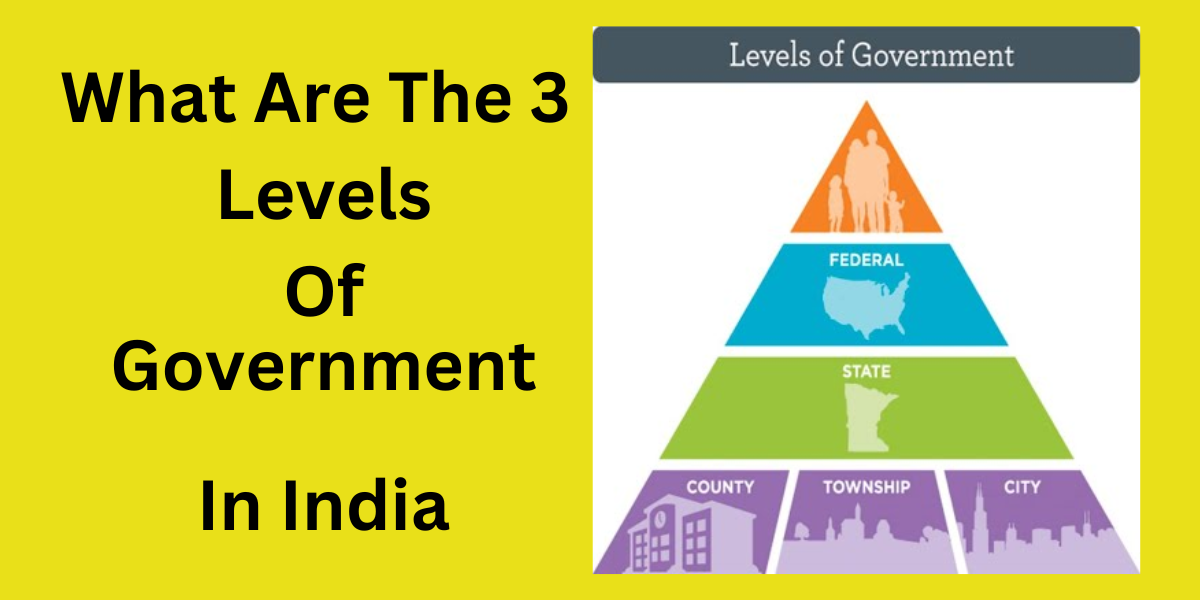What are the 3 levels of government in India?
India is the seventh-largest country in the world, with over 1.3 billion people. Governed by a federal parliamentary democratic republic, the country is divided into three levels of government – the central, state, and local government. In this blog post, we will discuss in detail the three levels of government in India, their functions, and their relationship with each other.
The Central Government
The central government is the highest level of government in India and is responsible for governing the entire country. The central government has three branches – the executive, legislative, and judiciary. The executive branch is headed by the Prime Minister, the head of the government, and the President, the head of state.
The bicameral legislative branch consists of the Rajya Sabha (Council of States) and the Lok Sabha (House of the People). The Rajya Sabha has 245 members elected by the state legislatures, while the Lok Sabha has 545 members who the people of India directly elect. What Are The 3 Levels Of Government In India The judiciary branch is independent of the other two branches and is responsible for interpreting and enforcing the laws of the land.
The central government has many responsibilities, including defense, foreign affairs, finance, communication, and transportation. It also creates laws and regulations that apply to the country, such as the Indian Penal Code, the Right to Information Act, and the Goods and Services Tax (GST) Act.

State Governments
India is a federal republic, meaning power is shared between the central and state governments. Each state has its government, which is responsible for governing the state. The state government has three branches – the executive, legislative, and judiciary.
The executive branch is headed by the Chief Minister, the head of the government, and the Governor, the head of state. Depending on the state, the legislative branch is unicameral or bicameral and consists of the Legislative Assembly or the Legislative Council. The judiciary branch is independent of the other two branches and is responsible for interpreting and enforcing the state’s laws.
The state government has many responsibilities, including agriculture, health, education, law and order, and local governance. It also creates laws and regulations that apply only to the state, such as the Maharashtra Control of Organised Crime Act, the Kerala Protection of River Banks and Regulation of Removal of Sand Act, and the Tamil Nadu Prohibition of Harassment of Women Act.
Local Governments
Local governments in India are known as Panchayats and Municipalities. Panchayats are the local government bodies in rural areas, while municipalities are the local government bodies in urban areas. The local government has three levels – the Gram Panchayat, the Panchayat Samiti, and the Zoila Perished in rural areas. The Municipal Corporation, the Municipal Council, and the Nagar Panchayat in urban areas.
The local government provides basic services such as water supply, sanitation, street lighting, and garbage disposal. What Are The 3 Levels Of Government In India It also creates laws and regulations that apply only to the local area, such as the Karnataka Panchayat Raj Act, the Maharashtra Municipal Corporation Act, and the Delhi Municipal Corporation Act.
Relationship between the Three Levels of Government
India’s three levels of government are interdependent and work together to ensure efficient governance. The central government has the power to legislate on subjects in the State List, but only with the state government’s approval What Are The 3 Levels Of Government In India. The state government can legislate on subjects in the State List and the Concurrent List. The local government has limited powers and functions within its jurisdiction, delegated to it by the state government.




